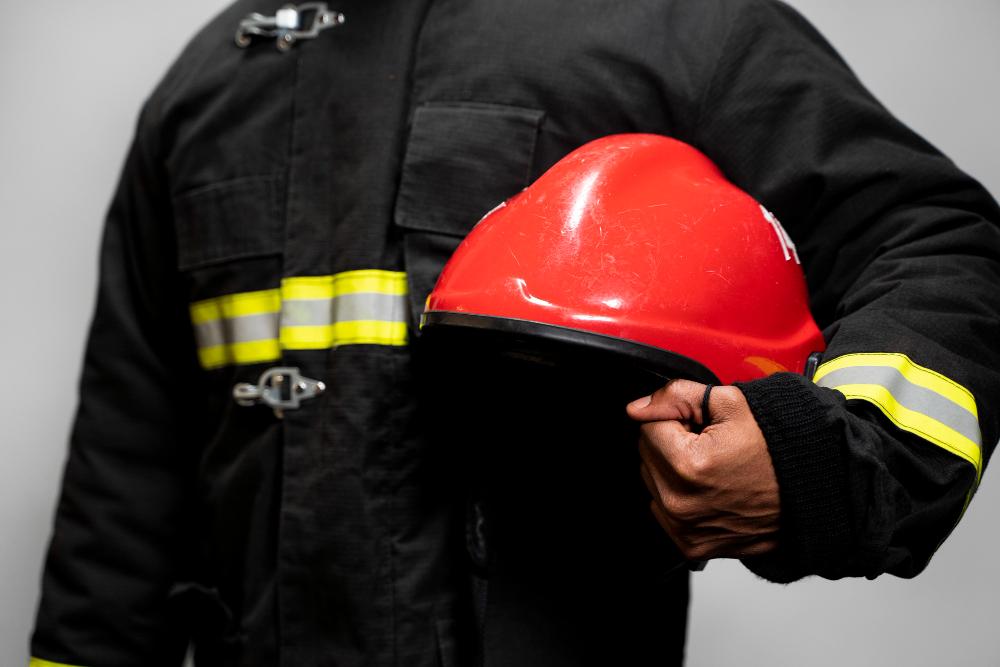Safety Gear That Saves Lives Are You Fully Equipped?

In high-risk environments such as shipping, offshore operations, logistics, and industrial facilities, safety equipment isn't optional — it's essential. From personal protective gear to life-saving systems, safety equipment serves as the frontline defense against accidents, injuries, and operational disruptions.
Ensuring the right equipment is in place, properly maintained, and compliant with international standards is critical to the success and safety of any operation.
What Is Safety Equipment?
Safety equipment refers to any tools, devices, or systems designed to protect individuals and property from harm during normal operations or emergencies. It includes both personal protective equipment (PPE) and fixed systems installed on ships, offshore platforms, or industrial sites.
Categories of Safety Equipment
Personal Protective Equipment (PPE)
-
Helmets, gloves, goggles, and protective clothing
-
Life jackets and immersion suits
-
Respiratory masks and hearing protection
Fire Safety Equipment
-
Fire extinguishers, fire blankets, and fire hoses
-
Fixed fire suppression systems (CO₂, foam, water mist)
-
Smoke detectors and fire alarms
Life-Saving Equipment
-
Lifeboats, life rafts, and rescue boats
-
Emergency position indicating radio beacons (EPIRBs)
-
Survival craft distress signals, life buoys, and man-overboard lights
Gas Detection and Monitoring
-
Portable and fixed gas detectors
-
Oxygen analyzers and toxic gas alarms
-
Calibration and maintenance tools
Emergency Response Kits
-
First aid kits and trauma supplies
-
Spill response kits for oil and chemical containment
-
Emergency escape breathing devices (EEBDs)
Why Safety Equipment Matters
Protection of Life
The most important reason for investing in safety equipment is the protection of human life. In high-risk environments, well-maintained safety gear can mean the difference between life and death.
Regulatory Compliance
Marine and industrial operations must comply with regulations set by IMO, SOLAS, OSHA, and national authorities. Proper equipment ensures adherence to legal standards and avoids costly penalties or detentions.
Operational Readiness
Incidents can halt operations, damage equipment, or lead to shutdowns. Effective safety systems help detect, respond to, and contain emergencies quickly, minimizing downtime and damage.
Reputation and Responsibility
Commitment to safety builds trust with employees, clients, and stakeholders. It reflects a responsible corporate culture that prioritizes human welfare and operational integrity.
RMS Safety Equipment Solutions
RMS offers a full range of safety equipment and services tailored to the marine and offshore sectors, including:
-
Supply of SOLAS and class-approved PPE and life-saving appliances
-
Inspection, testing, and certification of fire-fighting systems
-
Gas detection systems and calibration services
-
Onboard safety equipment servicing and inventory management
-
24/7 support and delivery to ports worldwide
With a global service network and experienced technicians, RMS ensures your safety systems are always compliant, reliable, and ready for inspection.
Conclusion
Safety equipment is not just a regulatory requirement — it's a critical component of risk management, operational efficiency, and employee welfare. From day-to-day protection to emergency response, it provides the security that teams and assets depend on.
- Art
- Causes
- Crafts
- Dance
- Drinks
- Film
- Fitness
- Food
- Jogos
- Gardening
- Health
- Início
- Literature
- Music
- Networking
- Outro
- Party
- Religion
- Shopping
- Sports
- Theater
- Wellness




